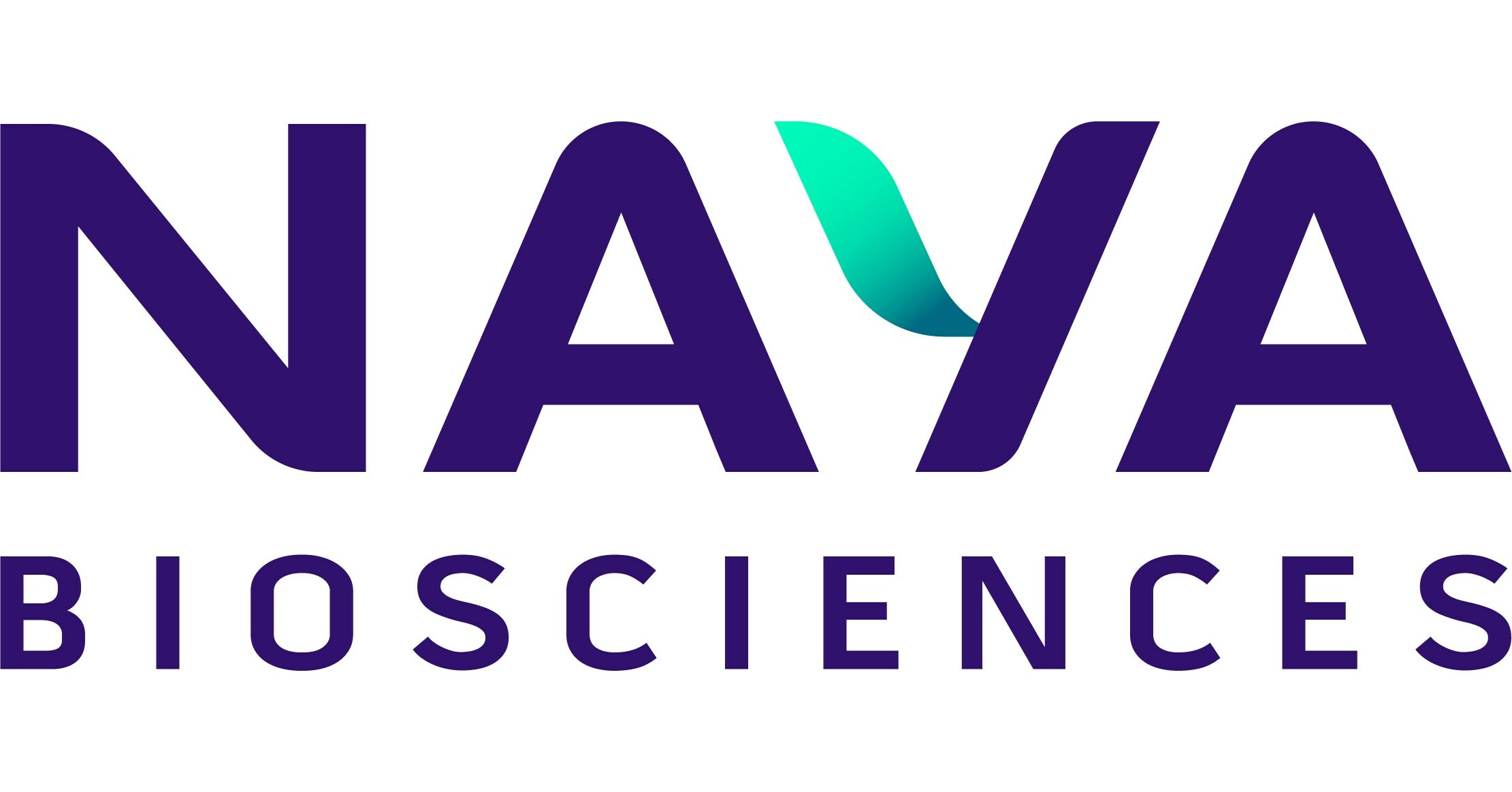Ozempic (GLP-1 Drugs), & Fertility — What Women Trying to Conceive Should Know
🌱 A New Conversation About GLP-1s and Fertility
If you’ve been trying to conceive, you’ve probably heard the buzz:
“GLP-1 drugs can help with fertility.”
“Ozempic restored my period.”
“I got pregnant after losing weight on Wegovy.”
The truth? GLP-1 medications are transforming metabolic health for women, especially those with insulin resistance or PCOS. However, they’re not designed for use during pregnancy, which means timing your TTC journey around them is essential.
This article breaks down the science, the benefits, the risks, and the real-world strategies for using GLP-1 drugs before pregnancy — and how they may help your body prepare for conception in 2025.
Let’s dive in. You’ve got this.
🔬 What Are GLP-1 Medications, Really?
GLP-1 receptor agonists (Ozempic®, Wegovy®, Mounjaro®, Zepbound®) mimic a natural hormone that:
- Regulates blood sugar
- Improves insulin sensitivity
- Slows digestion
- Reduces appetite
- Lowers inflammation
But here’s the interesting part: the reproductive system is closely tied to metabolic health.
When insulin, inflammation, and weight improve — fertility often improves too.
That’s why GLP-1s are reshaping fertility conversations worldwide.
💡 How GLP-1 Medications Influence Female Fertility
1. Restoring Ovulation Through Insulin Control
Insulin resistance is a major fertility blocker, especially in PCOS. High insulin disrupts:
- LH/FSH balance
- Estrogen-to-testosterone ratios
- Follicle development
GLP-1 drugs stabilize insulin, which helps restore predictable, healthy ovulation.
2. Supporting Healthier Egg Development
Chronic inflammation and oxidative stress can damage egg cells.
GLP-1s reduce inflammatory markers like CRP, allowing eggs to mature in a healthier environment.
3. Improving Uterine Receptivity
Stable insulin and weight reduce excess estrogen storage in fat cells.
This helps balance progesterone and supports a thicker, healthier uterine lining for implantation.
4. Reducing Androgens in PCOS
Many women with PCOS experience elevated testosterone, leading to irregular cycles and poor-quality eggs.
GLP-1 drugs lower insulin → which lowers androgen production → which supports regular cycles.
⚖️ The “Timing Window”: When to Stop GLP-1s Before TTC
Here’s where most of the confusion happens.
GLP-1 drugs may help fertility before pregnancy, but experts strongly agree they should be stopped before conception.
Most specialists recommend:
🕒 Stop GLP-1 drugs at least 2 months before trying to conceive.
This gives the medication time to clear from your system and allows your hormones to stabilize naturally.
Why?
- There’s not enough human pregnancy safety data
- Animal studies show potential fetal risks
- Rapid weight loss can alter hormone patterns
- Nausea paired with pregnancy nausea may cause extreme nutrient deficits
If You Conceive Accidentally While On GLP-1
Don’t panic.
Many women have healthy pregnancies — but call your doctor immediately for monitoring.
🧘♀️ How GLP-1s Specifically Help Women With PCOS
For women with PCOS, GLP-1 therapy is a major breakthrough.
GLP-1 Benefits in PCOS:
- Increased ovulation frequency
- Reduced androgens (testosterone)
- Improved AMH patterns
- Better progesterone levels in the luteal phase
- Reduced inflammation that harms egg quality
Women who struggled to lose weight for years are finally seeing progress — and with it, restored cycles, improved cervical mucus, healthier ovulatory patterns, and stronger chances of conception.
🩺 But GLP-1s Aren’t For Everyone
Women should avoid or discontinue GLP-1 therapy if they experience:
- Severe nausea or dehydration
- Extreme or rapid weight loss
- Disordered eating tendencies
- Difficulty meeting nutritional needs
- Irregular cycles caused by too-rapid metabolic shifts
Fertility thrives in balance, not extremes.
🍽 Eating for Fertility While Taking GLP-1s
Because GLP-1s reduce appetite, many women unintentionally under-eat — which can harm fertility.
Focus on:
- Protein: eggs, fish, legumes, tofu
- Healthy fats: avocado, nuts, olive oil
- Complex carbs: quinoa, sweet potato, whole grains
- Micronutrients: prenatal with folate, iron, choline
- Hydration: at least 2L daily (GLP-1s reduce thirst cues too)
These choices support ovulation, hormone production, and uterine health.
🧬 The Science in 2025: What We Know Now
Modern reproductive research shows GLP-1s can reduce “time to conception” by improving metabolic markers — especially for women with obesity or PCOS.
Emerging 2025 findings:
- Women with insulin resistance may ovulate more consistently after 12–16 weeks on GLP-1s
- Men using GLP-1s show improved sperm motility and DNA integrity
- Reducing inflammation improves progesterone levels in the luteal phase
- Weight stability improves the uterine environment for implantation
We’re entering a new era where metabolic health is recognized as foundational to reproductive success.
🧩 GLP-1s & TTC: A Step-By-Step Plan (Expert-Aligned)
Step 1: Use GLP-1 therapy under guidance
Step 2: Maintain nutrition, electrolytes, and protein
Step 3: Track ovulation changes
Step 4: Create a “stop date” 2 months before TTC
Step 5: Switch to prenatal vitamins and focus on sleep, hydration, and whole foods
Step 6: Begin trying to conceive when weight and hormones stabilize
This “metabolic reset” approach is gaining traction in fertility clinics worldwide.
💖 The Emotional Side: You Are More Than a Timeline
Trying to conceive is emotional — especially when weight and hormones feel out of your control.
GLP-1 therapy can give women their confidence back, make cycles predictable again, and restore hope.
But remember:
Your fertility journey is not a race, and healthy conception happens best when your body feels supported, nourished, and calm.
You’re doing better than you think. Keep going.
💗 Are You Ready to Empower Other Women?
Are you a fertility specialist, endocrinologist, or women’s health practitioner passionate about helping women thrive?
Join Sistapedia as a Crown Verified Member today to share your insights and connect with our global community—empower the next generation of fertility journeys!
📢 Share the Knowledge
#sistapedia #sistapedia_verified#FertilityJourney#GLP1Awareness











